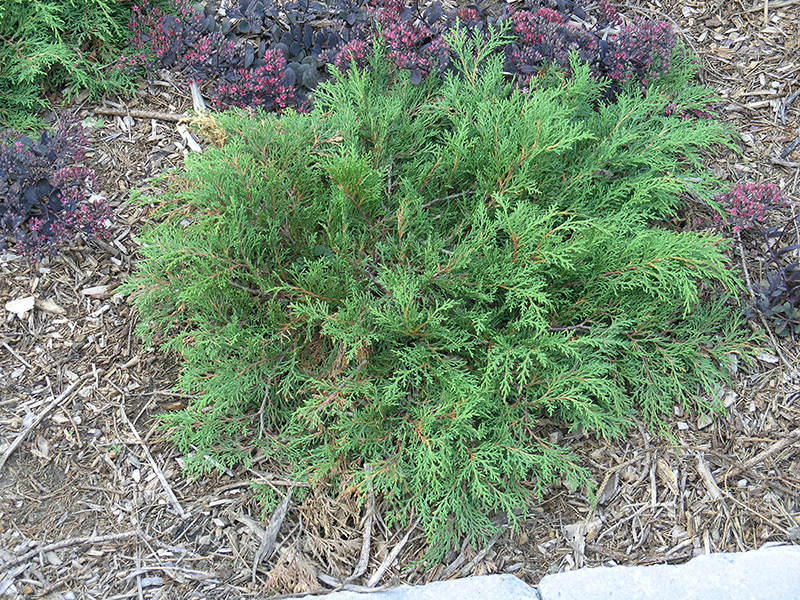
Woody > Microbiota > Microbiota decussata > Microbiota decussata
Microbiota decussata
Russian Arborvitae
Origin: Discovered in 1921 growing above the tree line in the mountains in Southeastern Siberia. It was named and introduced in 1923 by Vladimir Leontjevich Komarov who became the director of the Komarov Botanical Institute, USSR.
Mike's
Opinion


"
Microbiota decussata has brown and purple, arching foliage weeping outwards. This specimen is extremely hardy and can be grown in large masses. Its unique form, texture and winter colour make it one of the best coniferous ground covers.
Michael Pascoe, NDP., ODH., CLT., MSc. (Plant Conservation)
"
| Family |
| Cupressaceae |
| Genus |
| Microbiota |
| Species |
| decussata |
| Category |
| Woody |
| Type |
| Shrub (evergreen) |
| Pronunciation |
| USDA Hardiness Zone |
| 7b - 8a |
| Canadian Hardiness Zone |
| 7 |
| RHS Hardiness Zone |
| H5 |
| Temperature (°C) |
| -15 - (-9) |
| Temperature (°F) |
| 5 - 15 |
| Height |
| 20 cm |
| Spread |
| 2 - 4 m |
Photographs
Description and Growing Information
Flowering Period
| General Description |
| Microbiota decussata is a wide-spreading woody evergreen shrub with gracefully nodding shoot tips. It is very similar in appearance to a juniper but with a softer texture. |
| Landscape |
| Makes en excellent ground cover, best used in masses and groupings to realize the full effect of its soft foliage, an excellent substitute for junipers. |
| Cultivation |
| Grow in part shade, in moist, well-drained soil. Light pruning will keep it in bounds however it will not tolerate heavy pruning. |
| Growth |
| Fast |
| ID Characteristic |
| Prostrate with a distinctive rusty-brown colour in winter, fern-like the rest of the year. |
| Pests |
| No serious pests or diseases of note. |
| Habitat |
| Russia, growing above the tree line in the mountains of Southeastern Siberia. |
| Bark/Stem Description |
| Slender stems are brown. |
| Leaf Description |
| Needles are scale-like, overlapping like shingles on a roof, shoot tips droop. |
| Flower Description |
| Monoecious, with the flower of no ornamental value. |
| Fruit Description |
| Male produces inconspicuous cones. |
| Colour Description |
| Summer foliage is bright green turning a consistent brownish-purple colour in winter. |
| Texture Description |
| Foliage is scale-like, feathery and relatively soft to the touch. |
| Notable Specimens |
| The Gardens of Fanshawe College, London, Ontario, Canada. |
| Propagation |
| By cuttings rooted from August through January collected with at least 2.5 cm of the previous season's wood. It has been found that .8% IBA talc or .25% IBA in alcohol increases the rooting percentage and consistency of the crop. |



